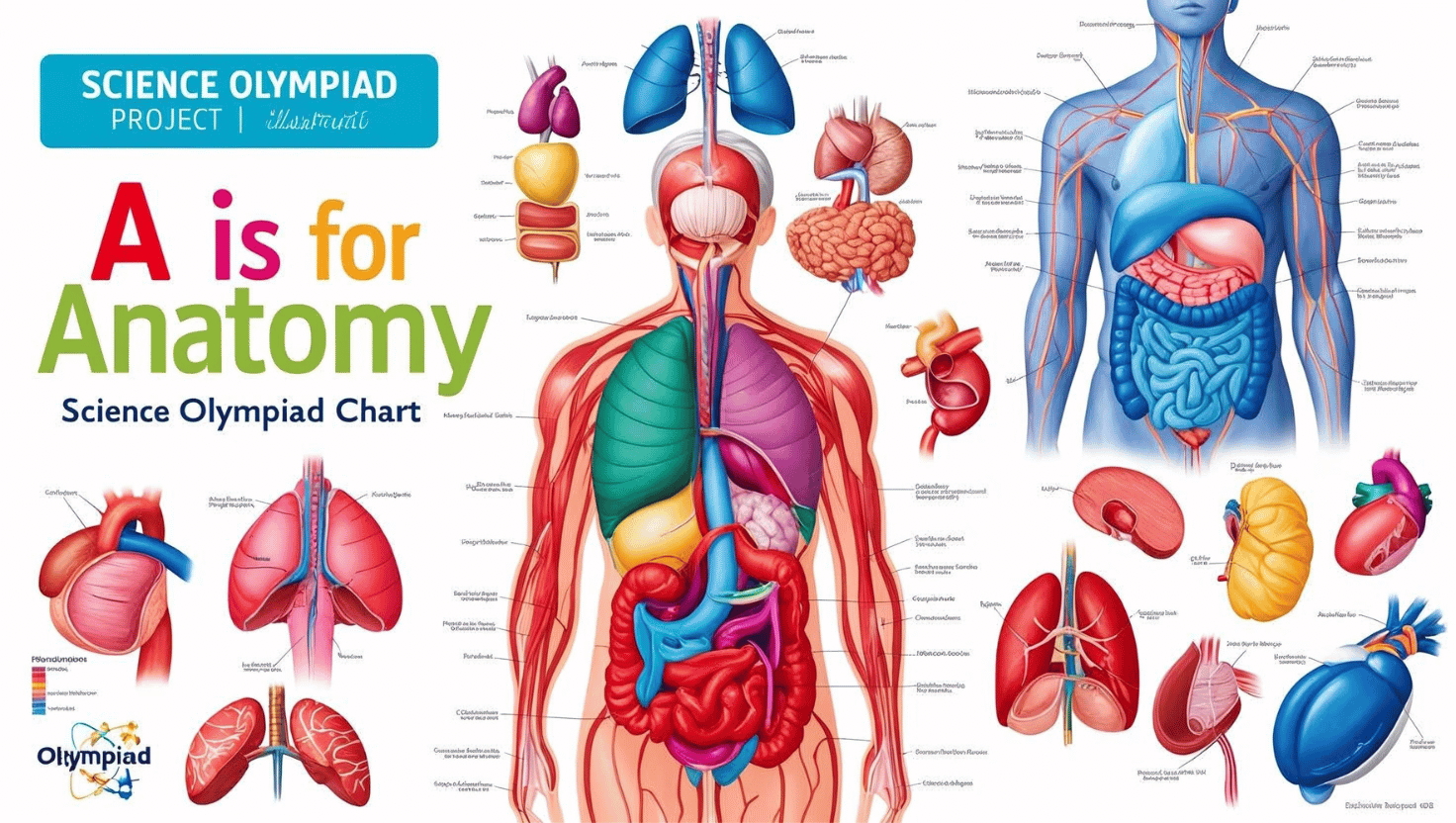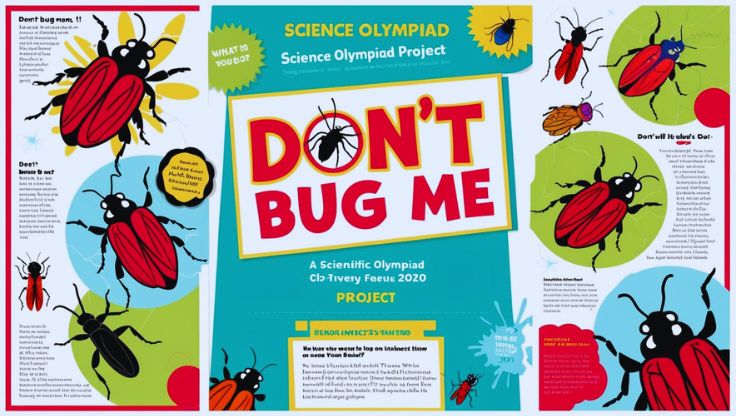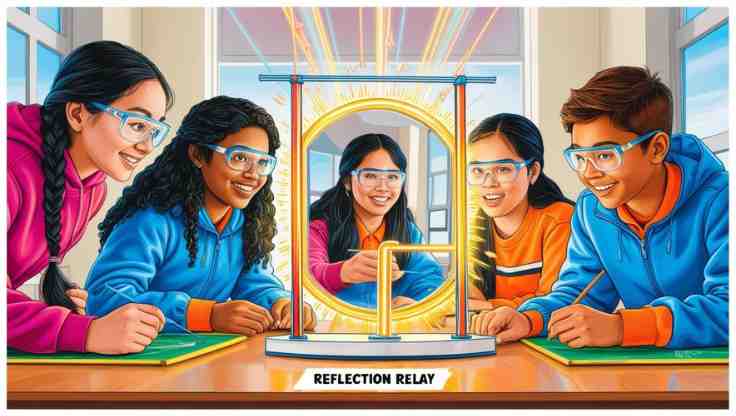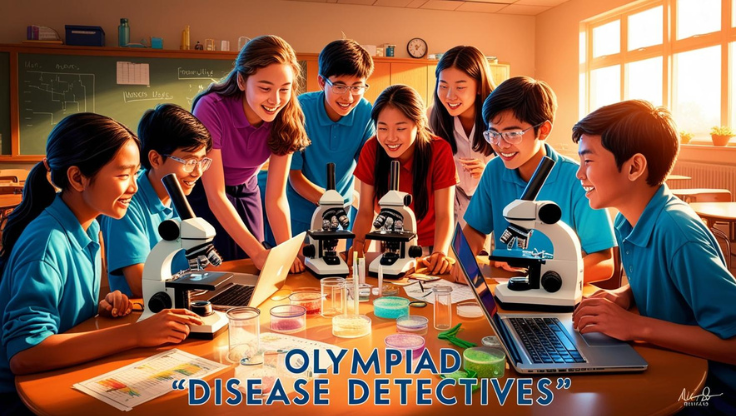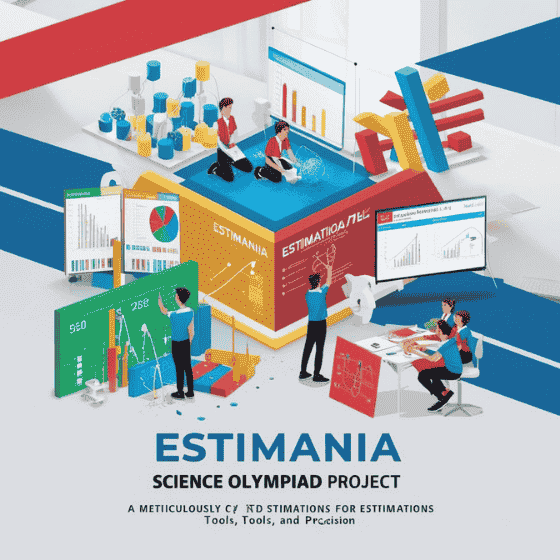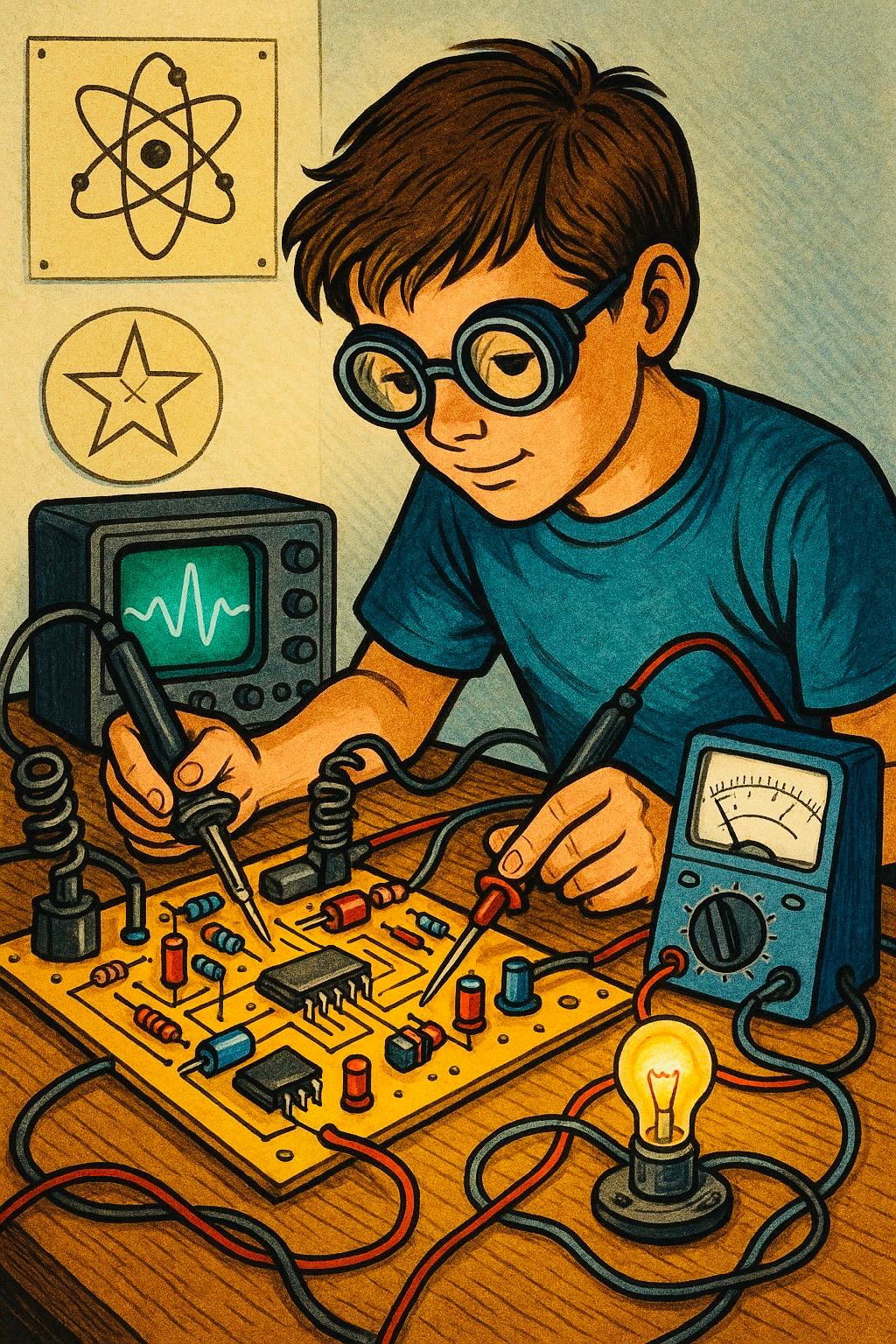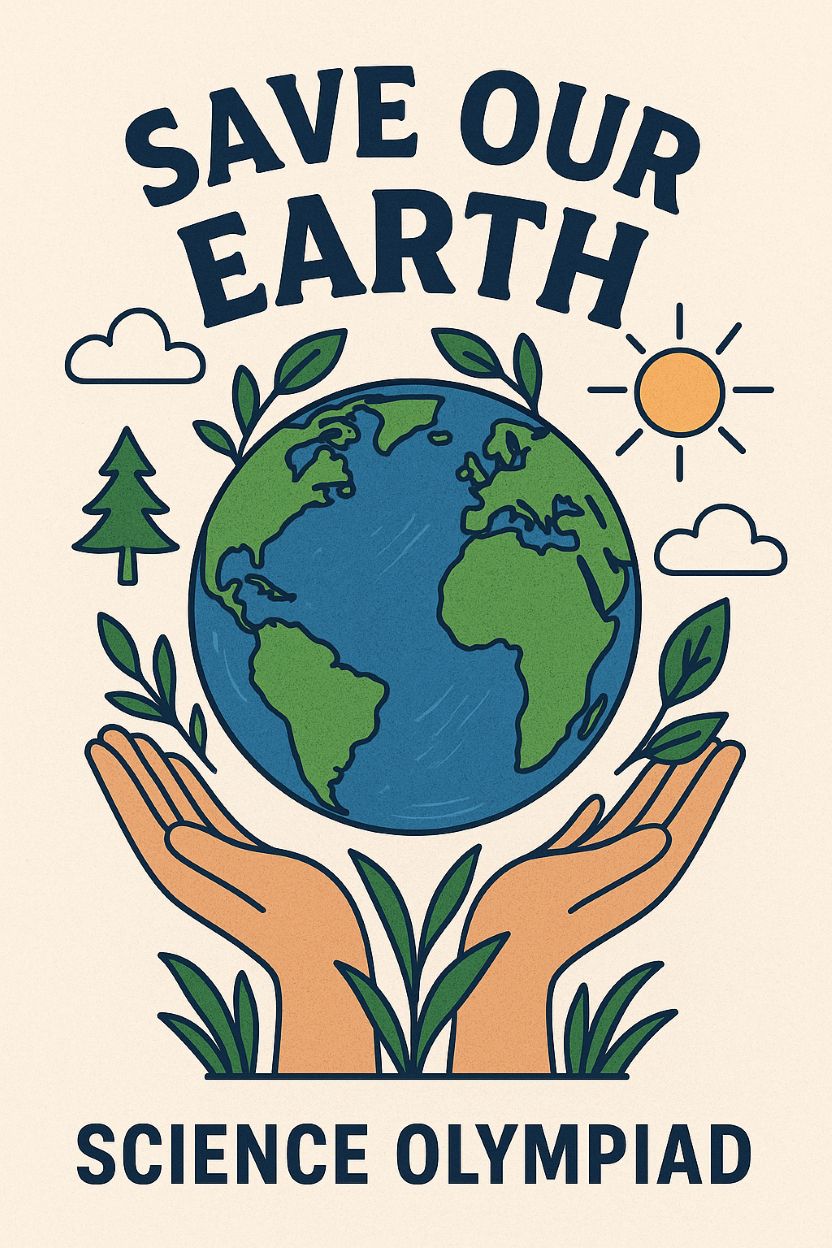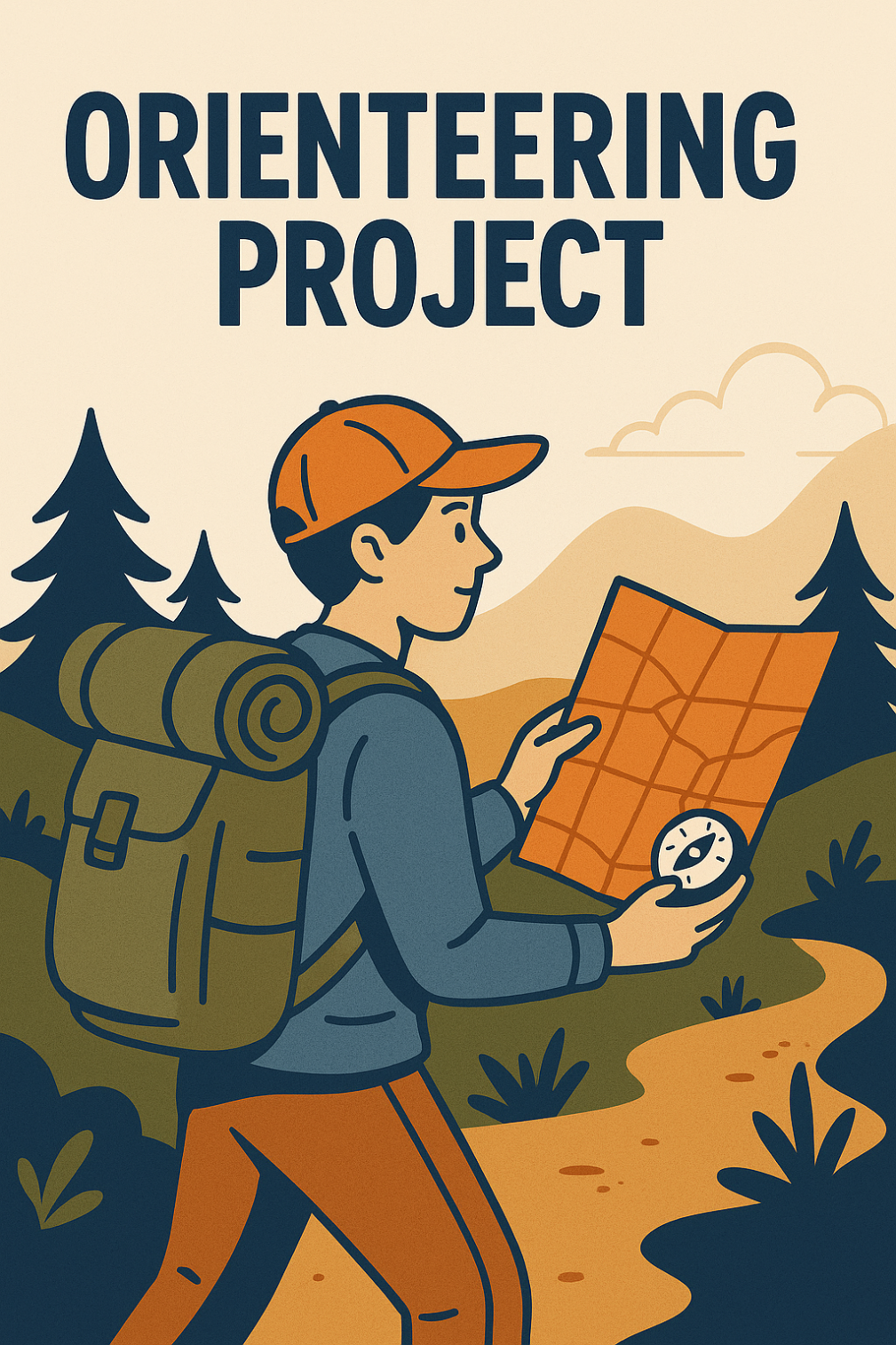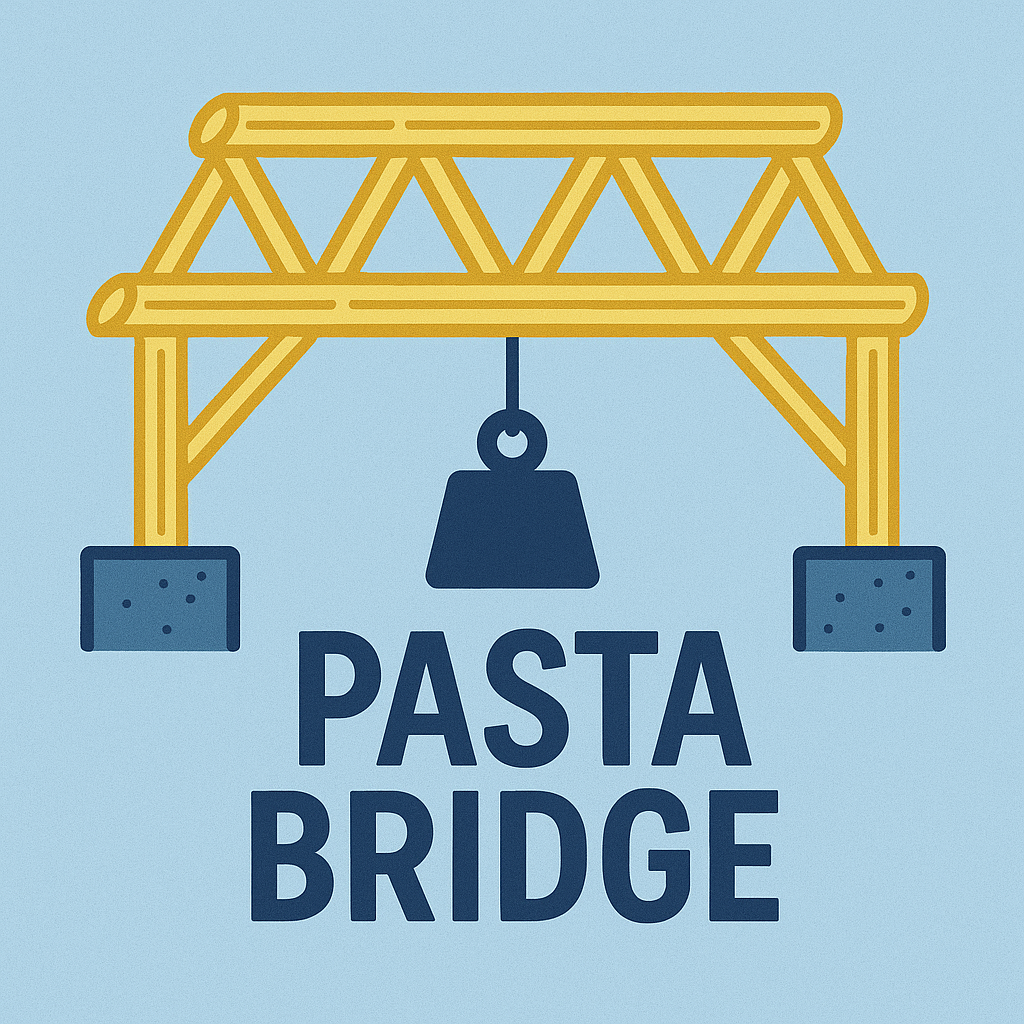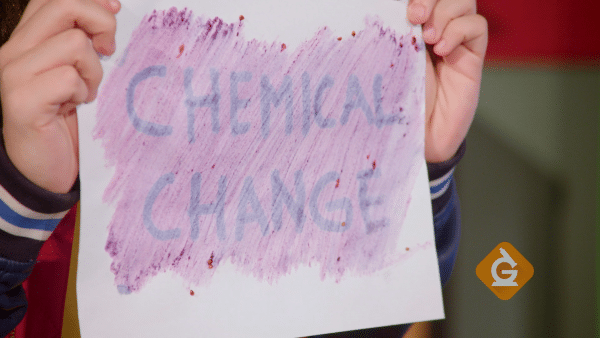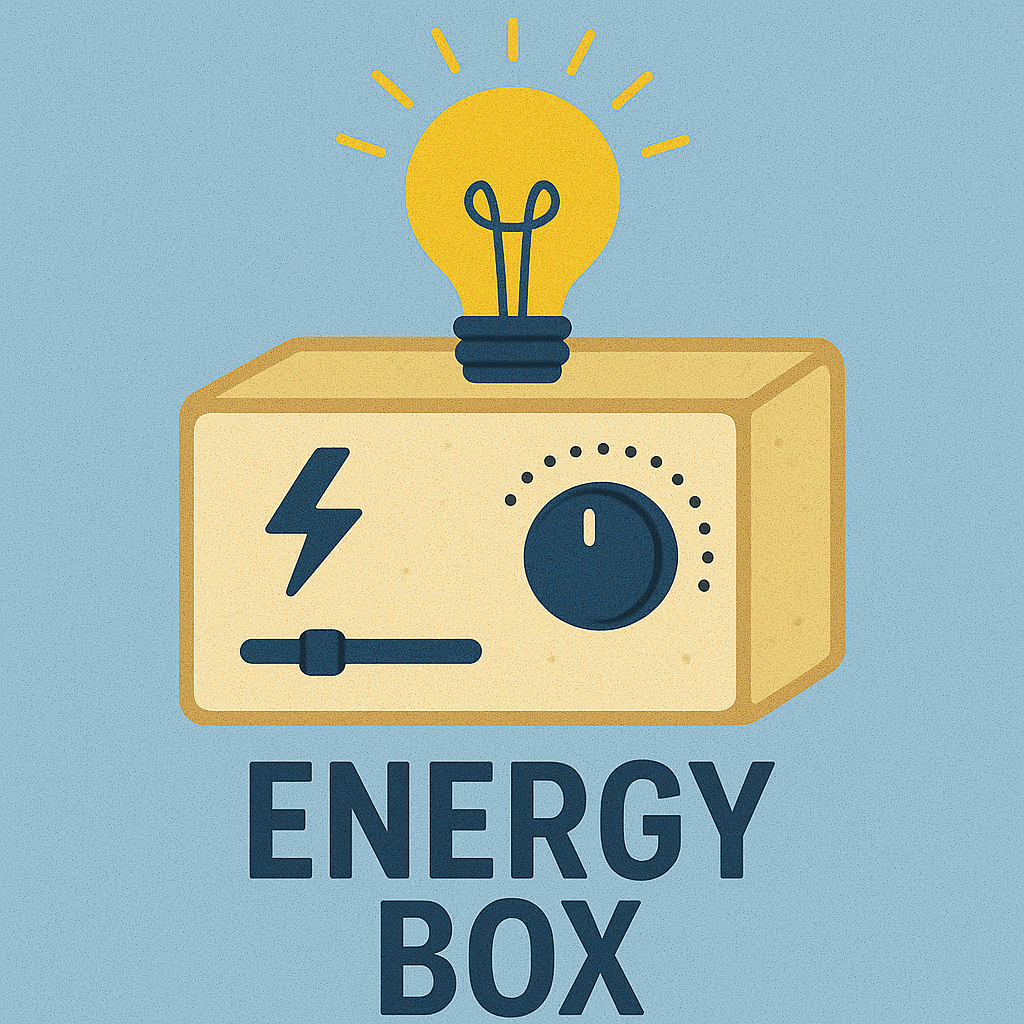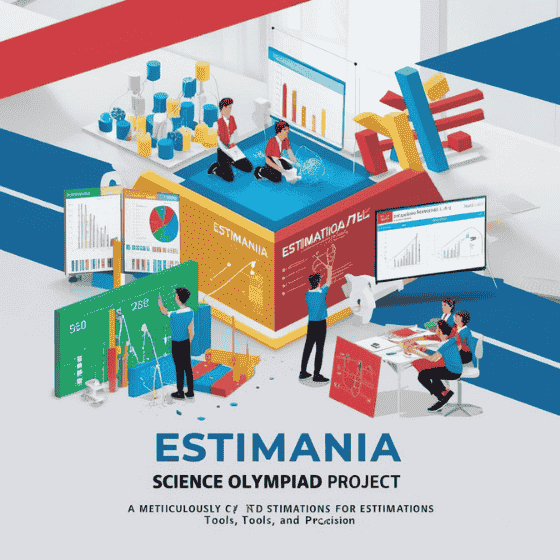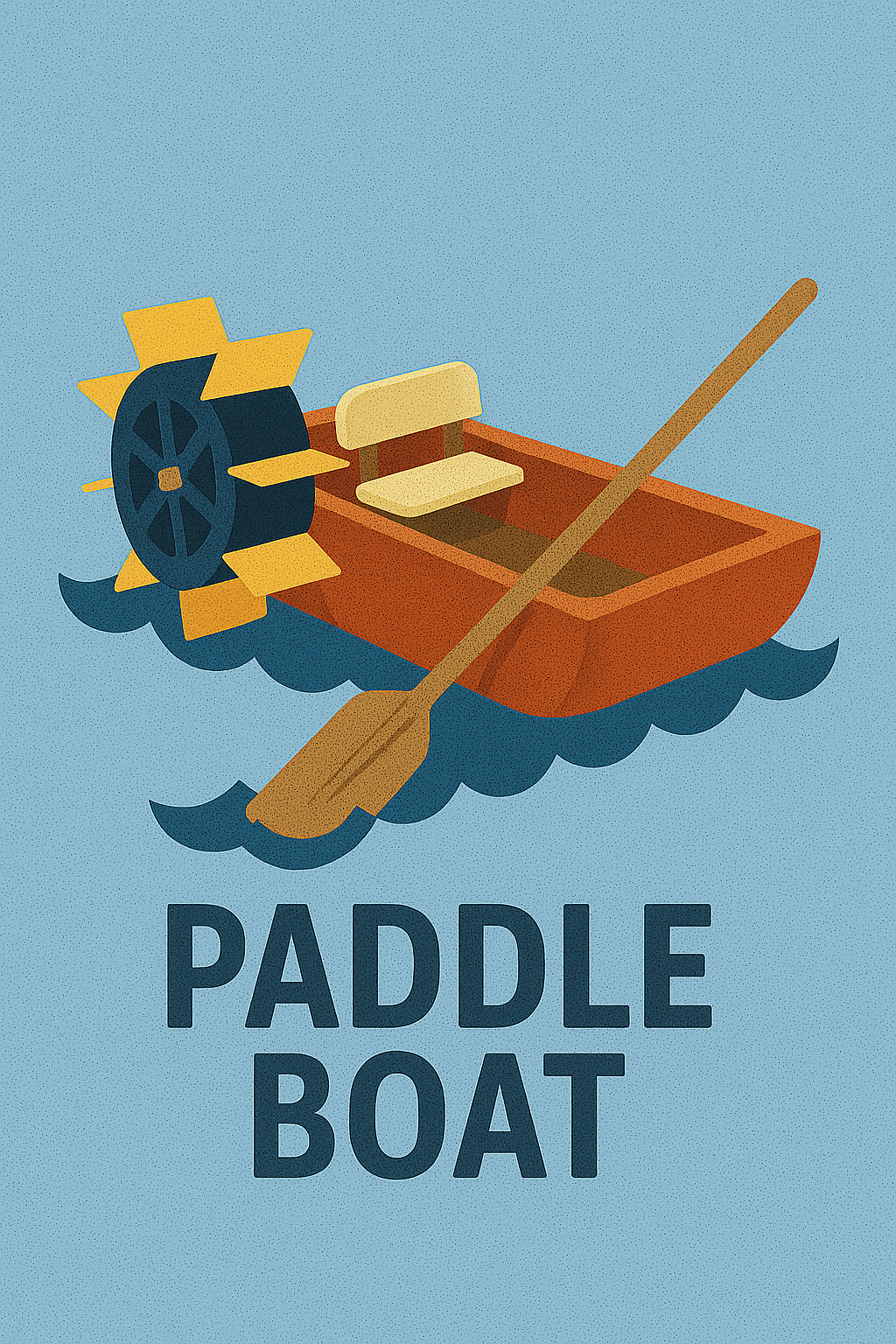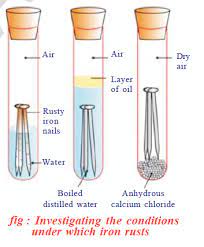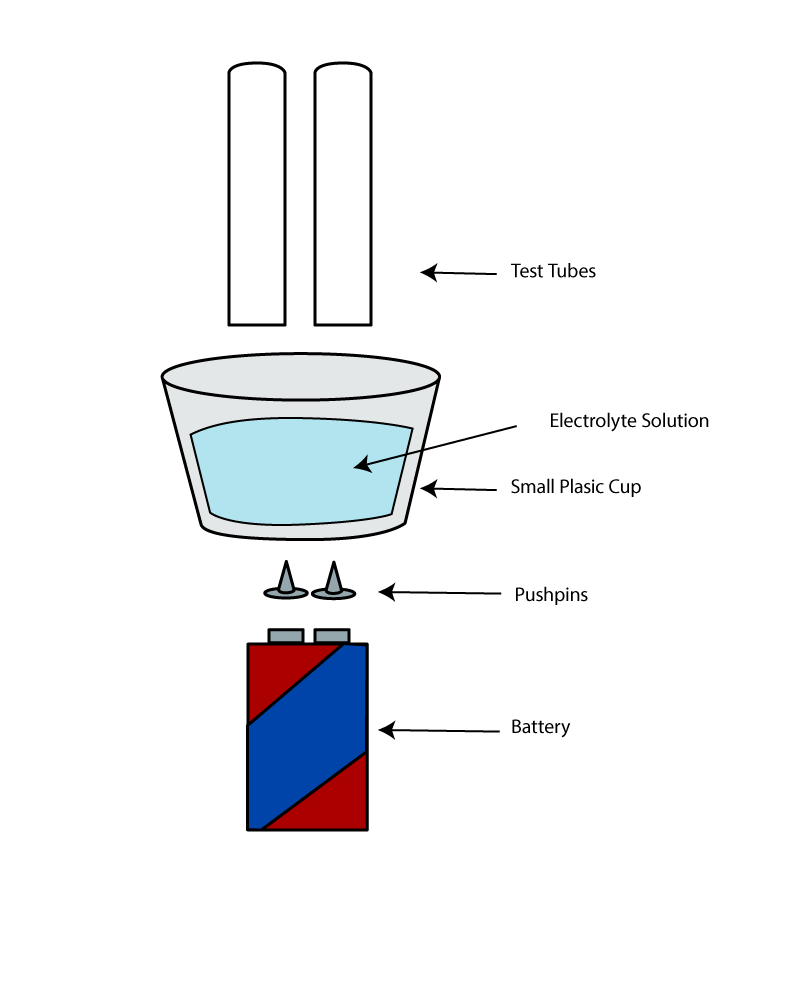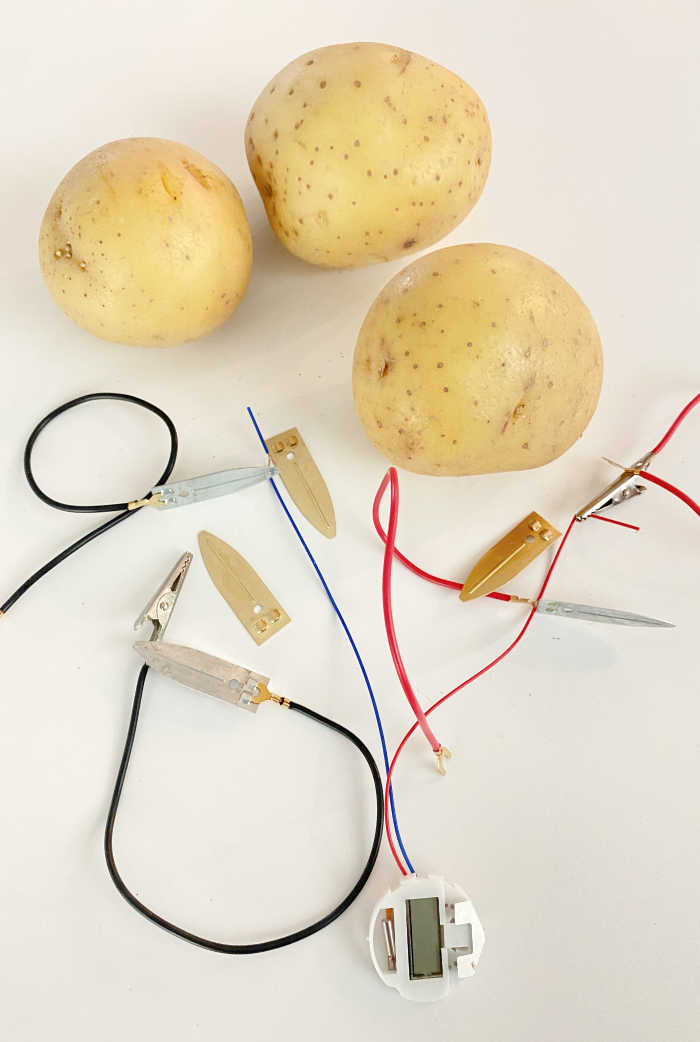
Mystery Powders
Introduction
Welcome to *Mystery Powders* – a thrilling Science Olympiad challenge where students become junior chemists and detectives! In this project, kids investigate unknown white powders using simple chemical tests to figure out what each substance really is. No magic here — just cool chemistry and sharp observation! This event turns the classroom into a mini crime lab where students use their senses and scientific skills to analyze, test, and identify mysterious substances commonly found in kitchens and labs.
About This Project
What Can Kids Learn from the “Mystery Powders” Project?
🧂 Properties of Matter: Understand how different substances look, feel, and behave.
🧪 Chemical Reactions: Observe what happens when powders are mixed with water, vinegar, iodine, or heat.
👃 Use of Senses: Practice safe and careful observation through sight, touch, and smell (no tasting!).
🔍 Scientific Testing Skills: Perform and record results of multiple chemical tests to gather clues.
🧠 Critical Thinking: Compare results to identify unknowns based on reactions and properties.
📋 Data Recording & Analysis: Learn how to chart observations, spot patterns, and draw conclusions.
Why It’s a Chemistry Favorite:
Kids love playing the role of scientist and detective at the same time! Whether fizzing with vinegar, turning color with iodine, or staying still under heat — each powder holds a mystery waiting to be solved. Mystery Powders builds scientific thinking, observation skills, and tons of confidence in the lab.
Put on your goggles, grab your lab tray, and let’s get solving — the mystery awaits!

Full Article

Video
Material List
- Unpacked eggs
- Handful straws
- Roll of tape
- Pair of Scissors
- Large Painter tarp
- Bin of balloons
Instructions
- Make a triangle out of a straw and tape it together.
- Repeat this two more times.
- Tape all 3 triangles together around the egg to make a pyramid shape.
- Decide how else to cushion the egg – for example: using more straws
- Spread the painter’s tarp on the floor.
- Hold your egg high above your head and drop it on the painter’s tarp.
- Did it work? If not try a different design.
- Be creative, test your own designs and materials (styrofoam, balloons, etc)
Question for thought:
Why is our device suitable for people to use all over the world? What are its advantages and what are its limitations?


